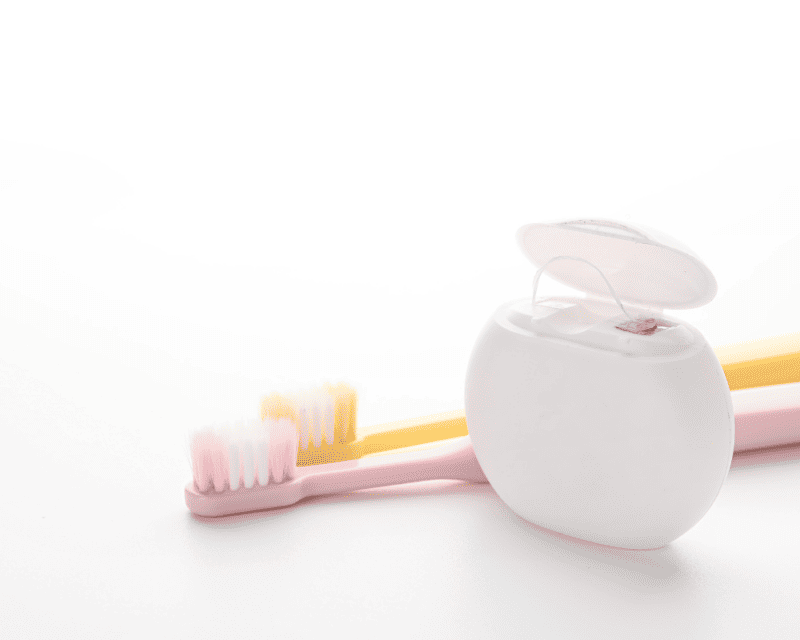Ensuring your child’s radiant smile isn’t a matter of secret handshakes or magical spells. It’s all about the proactive steps taken to safeguard their precious teeth. That’s why this article will offer you the basic knowledge needed to maintain your child’s dental health and keep their smile shining brightly for years to come!
A is for Appointment

The first letter we will touch on, and the first thing that should be done to ensure a healthy smile for your kids, is “Appointment.” According to pediatric dentistry experts from Ashburn Children’s Dentistry, scheduling regular dental check-ups for your child is the first step in their journey towards oral health and happy lives. Begin these appointments as early as your child’s first birthday. Early visits help your child become comfortable with the dentist and establish a pattern of good oral care.
B is for Brushing
Next on our list is “Brushing.” Proper brushing techniques are crucial for your child’s dental health. Please encourage them to brush twice daily using a soft-bristle toothbrush and fluoride toothpaste. Remember to supervise them until they are old enough to brush effectively.
C stands for Cavities
“Cavities” … A word no parent wants to hear. Limit sugary snacks and drinks, and always make sure your child brushes their teeth after indulging in treats.
D is for Diet
The letter “D” signifies “Diet.” Like it or not, what your child eats directly impacts oral health. Encourage a diet with many fruits and vegetables, choosing foods low in sugar and starch.
E is for Education
Even if they are little, start educating the children about the importance of dental hygiene from an early age. Make it a fun, engaging experience, not a chore. You can use colorful books, videos, or even sing-along songs to teach them the value of a healthy smile.
F is for Flossing

“Flossing” is another essential aspect of oral care, no matter how much we ignore its importance. Once your child’s teeth start to touch, usually around age two or three, introduce flossing into their daily routine. This helps remove food particles and plaque wedged between teeth, preventing cavities and gum problems.
G is for Gum Health
Healthy “Gums” are essential for a child’s overall oral health. Gingivitis can occur in children, too, so be watchful for signs of gum bleeding or redness. Teach your child to brush their gums gently, and, as always, regular dental check-ups will help monitor their gum health.
H is for Habits
Good “Habits” lay the foundation for a lifetime of healthy smiles. Encourage your child to make oral care a daily ritual, like washing their hands or getting dressed. Consistency is key to preventing dental issues.
I is for Instruments
Instruments are an integral part of every dental office. Your child may be curious about the tools and equipment they see during their appointments. Explain these instruments in a child-friendly manner, highlighting their purpose in maintaining a healthy smile.
J is for Juice

While juice might be a favorite beverage for many kids, too much can lead to dental problems. Excessive fruit juice consumption can expose teeth to high sugar and acid levels. Limit juice intake and encourage water as a healthier alternative.
K is for Kindness
“Kindness” plays a significant role in making your child comfortable with dental care. Find a pediatric dentist trained to create a warm and friendly environment. This puts your child at ease.
L is for Leaning
Learning about child dentistry can be an exciting experience. Explore age-appropriate educational resources and books about dental health. Engage in conversations with your child about what they’ve learned and how it applies to their daily routine.
M is for Mouthguards
Participating in sports and physical activities is fantastic for kids, but protecting their teeth is essential. “Mouthguards” provide a shield against dental injuries during sports. Make sure your child has a custom-fitted mouthguard to keep their smile safe.
N is for Nighttime Care
“Nighttime Care” is as crucial as daytime care. Ensure your child doesn’t go to bed with sugar residues on their teeth. Make bedtime brushing a non-negotiable part of their routine.
O is for Orthodontics
Orthodontic issues can frequently arise in children. “Orthodontics” helps correct misaligned teeth and jaws. If your child shows signs they need braces and the pediatric dentist recommends orthodontic treatment, consult a specialist who can provide expert care.
P is for Prevention

Preventing dental problems should be your primary focus. Consistent dental check-ups, proper oral hygiene, and a balanced diet are your child’s best allies in maintaining dental health.
Q is for Questions
Never hesitate to ask questions. Pediatric dentists are there to provide guidance and address your concerns. Asking questions ensures you’re well-informed and confident in your child’s oral care.
R is for Radiographs
“Radiographs” of dental X-rays may be recommended to assess your child’s dental health comprehensively. These images provide valuable insights into issues that may not be visible during a visual examination.
S is for Sealants
These protecting coatings are applied to the back teeth’s chewing surfaces to create a barrier that prevents cavities by sealing out food particles and bacteria. Consider this preventive measure for your child.
T is for Thumb-Sucking
Some children develop the habit of “Thumb-Sucking.” While it’s a natural comfort behavior, prolonged thumb-sucking can lead to dental problems.
U is for Urgency
If you notice any dental issues, act with “Urgency.” Don’t wait for problems to worsen. Timely intervention can prevent more extensive and costly treatments down the road.
V is for Visit Regularly
The “V” in our ABCs stands for “Visit Regularly.” Regular dental visits are necessary, even when your child doesn’t appear to have any issues. These visits help your dentist catch and address potential problems early.
W is for Whitening

Tooth “Whitening” is not recommended for children. Their teeth are still developing, and introducing whitening treatments can harm their enamel and gums. Let nature take its course until they reach adulthood.
X is for Xylitol
“Xylitol” is a natural sugar substitute able to help prevent tooth decay. Some gums and candies contain xylitol, which can be a tasty way to reduce the risk of cavities.
Y is for Your Example
Lead by “Your Example.” Children often mimic their parents’ behavior. Demonstrate good oral hygiene and a positive attitude toward dental care. This will set a strong example for your child!
Z is for Zzzz (Sleep)
Finally, “Zzz!” A good night’s rest, including oral health, is vital for our overall health. Adequate rest helps your child’s body recover and repair their teeth and gums while they dream of new adventures.
Smile, It Looks Good On You!
By following these key principles, you can set your child on the path to a lifetime of healthy and attractive smiles. It’s crucial to remember that regular dental check-ups, preventive actions, and a strong commitment to good oral hygiene are essential to ensure your child’s dental health stays in tip-top shape.
